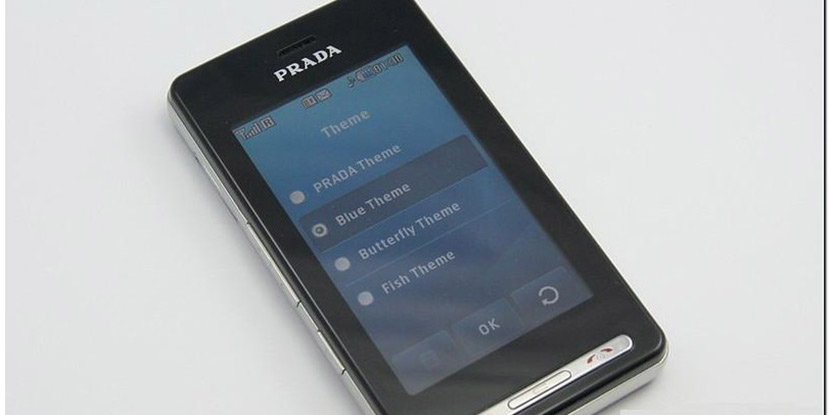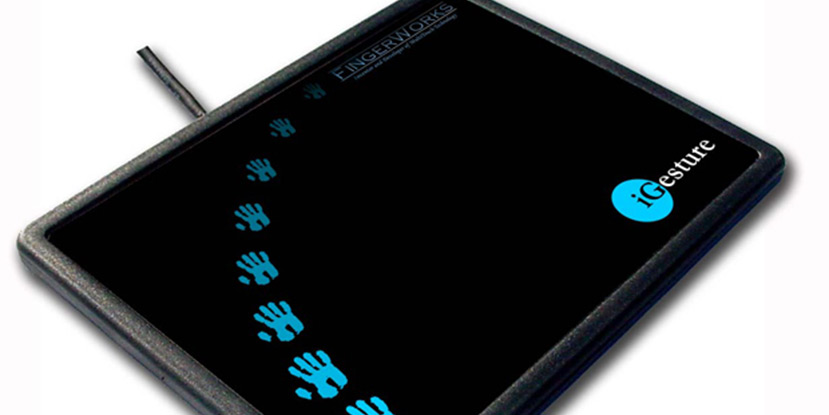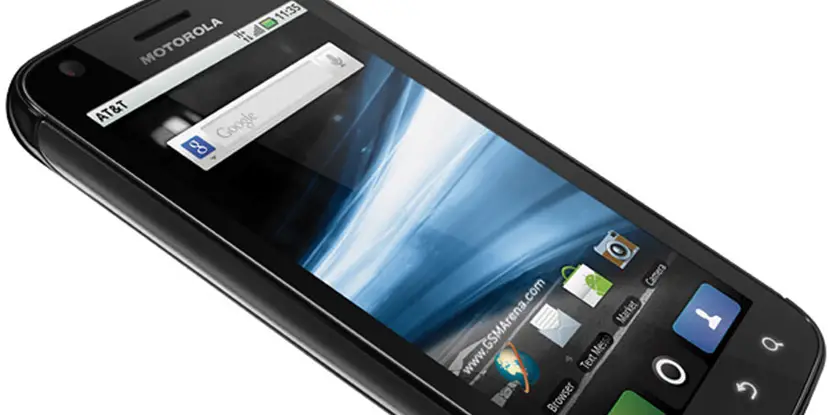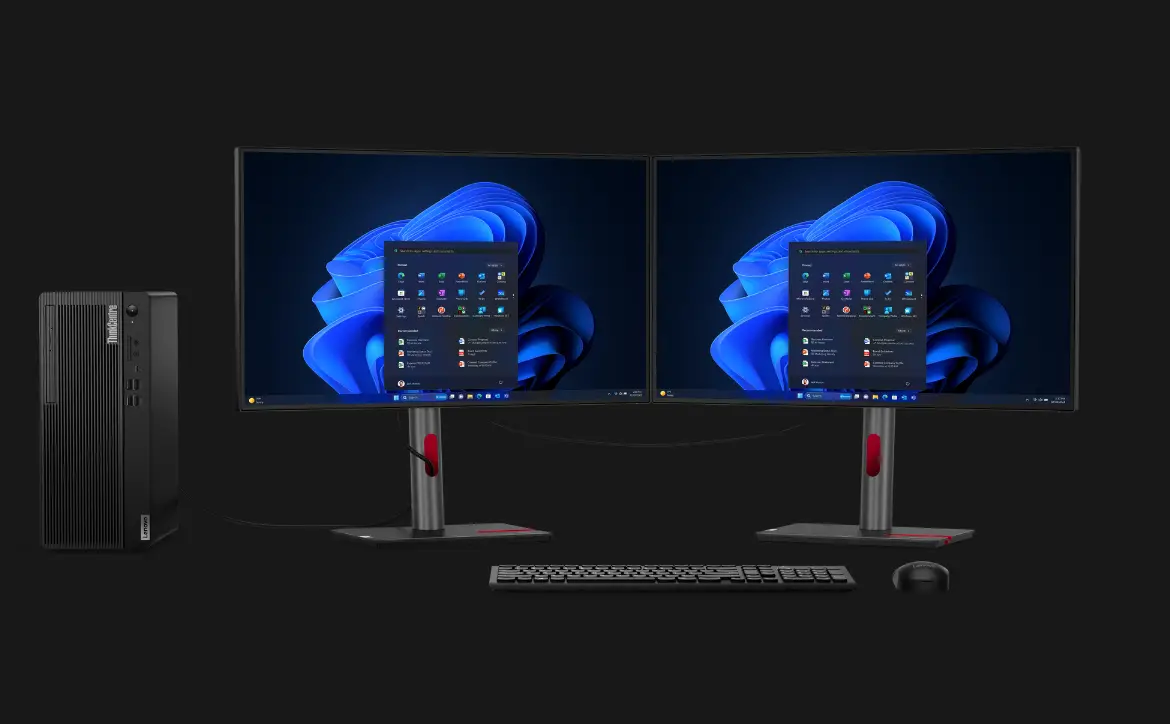Engadget has a rather interesting article posted headlined, “A survey of Apple’s input innovations.” I went ahead and bit the line to see what was being presented. Suffice it to say, the headline is not only grossly mis-titled, but the information within could be easily questioned as to its accuracy. While Apple has done a great many of things, it’s often credited far too often for things it simply did not “innovate.” One area Apple has excelled in is marketing and that’s been a huge key to its success. So I took the liberty of breaking down Engadget’s article to reflect a survey of some Apple marketing innovations, a correction of sorts. It’s not as elegant a presentation as theirs is but it works. I will quote Engadget’s survey first then offer the truth of that innovations history.

The Mouse
More often than not, the mouse that came bundled with Apple’s latest computer featured a new look, too. In fact, Apple’s machines were some of the first personal computers to offer mouse input. The company began with one massive button before nixing it entirely in favor of side bumpers. There was even a tiny ball for scrolling on the Mighty Mouse model, and now, a swipe-friendly surface leads the way. -Engadget
The trackball was actually invented first as a pointing device and the evolution of pointing devices came around to what we know as the mouse today. Douglas Englebart is credited with the final version of what we basically use today and the ironic thing is his invention was made while working at SRI International who never paid him for his invention and later sold the work to Apple. That is how and why Apple is now credited for “innovating” the mouse. More at Wikipedia.

Multi-Touch (iPhone)
The original iPhone was one of the first mobile devices to accept multi-touch input. What’s more, it was also one of the first touchscreen gadgets to favor capacitive touch over a resistive panel, which allowed it to support two-finger input like pinch-to-zoom. -Engadget
To be fair Engadget does say the the iPhone was “one of the first” mobile devices to accept multi-touch input but it’s articles like this that continue to cloud public perception of the truth. Capacitive technology had been around for decades being used in other products but with the LG Prada. The LG Prada was released a year before the iPhone and LG accused Apple of stealing the Prada design. More at Wikipedia and history also.

Multi-Touch Gestures
Multi-touch would become a mainstay on Apple devices, arriving alongside OS X Lion. The two-, three- and four-finger swipes handle navigation, offer easy access to apps and more. -Engadget
Multi-Touch gestures were the work of a company called Fingerworks, who worked on the tech long before Apple used it in their trackpads. The ironic thing is Apple bought the innovation by purchasing Fingerworks and now the credit for creating multi-touch gestures goes to Apple although it was established prior to their purchase. More at Wikipedia.
Magic TrackPad and Magic Mouse
Not wanting desktop users to be left out, Apple debuted the Magic Trackpad to handle those multi-touch gestures for iMacs and more. Thanks to Bluetooth connectivity, the add-on offers the feel of laptop navigation for those who prefer it over a mouse.
Apple’s latest mouse may not have any buttons, but it surely lives up to its name. The Mighty Mouse does handle clicks, but the real star of the show is the gesture-friendly top panel. Capable of accepting your taps, scrolls and multi-touch gestures, the mouse gives Mac users a more robust set of navigation tools. -Engadget
These two examples are kind of redundant so you just need to read the first three examples to refresh yourself. I will admit it looks like Apple was the first to put multi-touch gestures into the mouse, the trackpad on the other hand. That’s simply a MacBook trackpad separated from the MacBook. We’ll give Apple a point here.

Touch ID
While it isn’t a feature that helps you navigate around your device per se, Touch ID is still quite significant. Using your fingerprint to unlock a device, verify purchases and more means you don’t have to worry quite as much if you misplace the gadget. What’s more, the tech is tucked into the home button, unobtrusive and out of the way. -Engadget
The Motorola Atrix was the first phone to use a fingerprint scanner to unlock your device but we still hear that this was an Apple innovation. More at Wikipedia.

Force Touch
When Apple debuted the latest MacBook back in March, the company announced a new trackpad technology: Force Touch. input for increased productivity. For example, a hard press may bring up more info on a link or provide a shortcut to apps.
Apple did not invent force touch technology (or haptic feedback) which is basically the same kind of haptic feedback tech we already know with one extra layer allowing for multiple touches. Huwaei has now become the first company to release a phone with force touch technology you can see that at Digital Trends. Haptic feedback has been around for a long time and companies are figuring ways to layer the tech to allow for multiple input pressures.
Wrap Up
It’s articles like that of Engadget’s that seem to foster the falsity that Apple has innovated a lot of today’s technology. While I love some of my Apple products, others frustrate me, I don’t live in a fanboy world. We need to acknowledge the origins of the technology we use and do it appropriately. The one thing that Apple has contributed and innovated in the tech industry is, marketing. The company is an insanely effective marketing machine and they often use press to permeate their branding across the Internet. There are more Apple love oozing articles than there are not and that’s Apple’s great accomplishment.
Last Updated on November 27, 2018.










